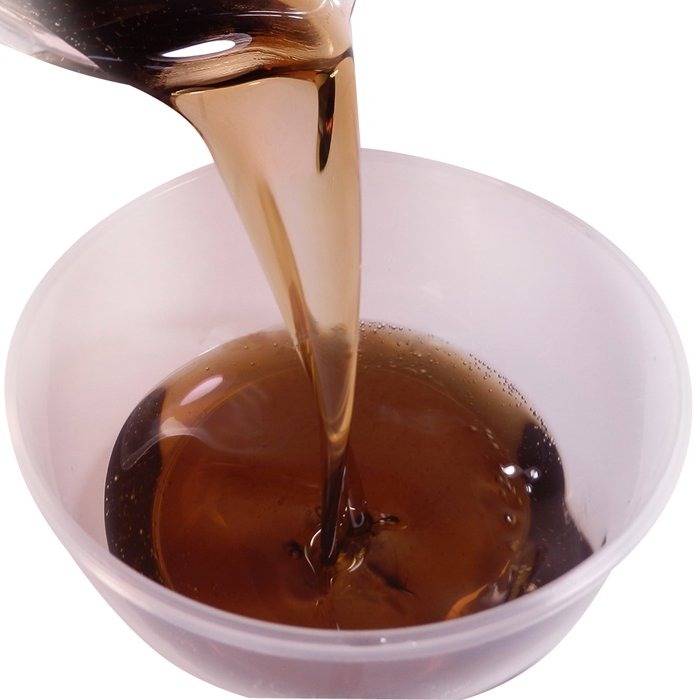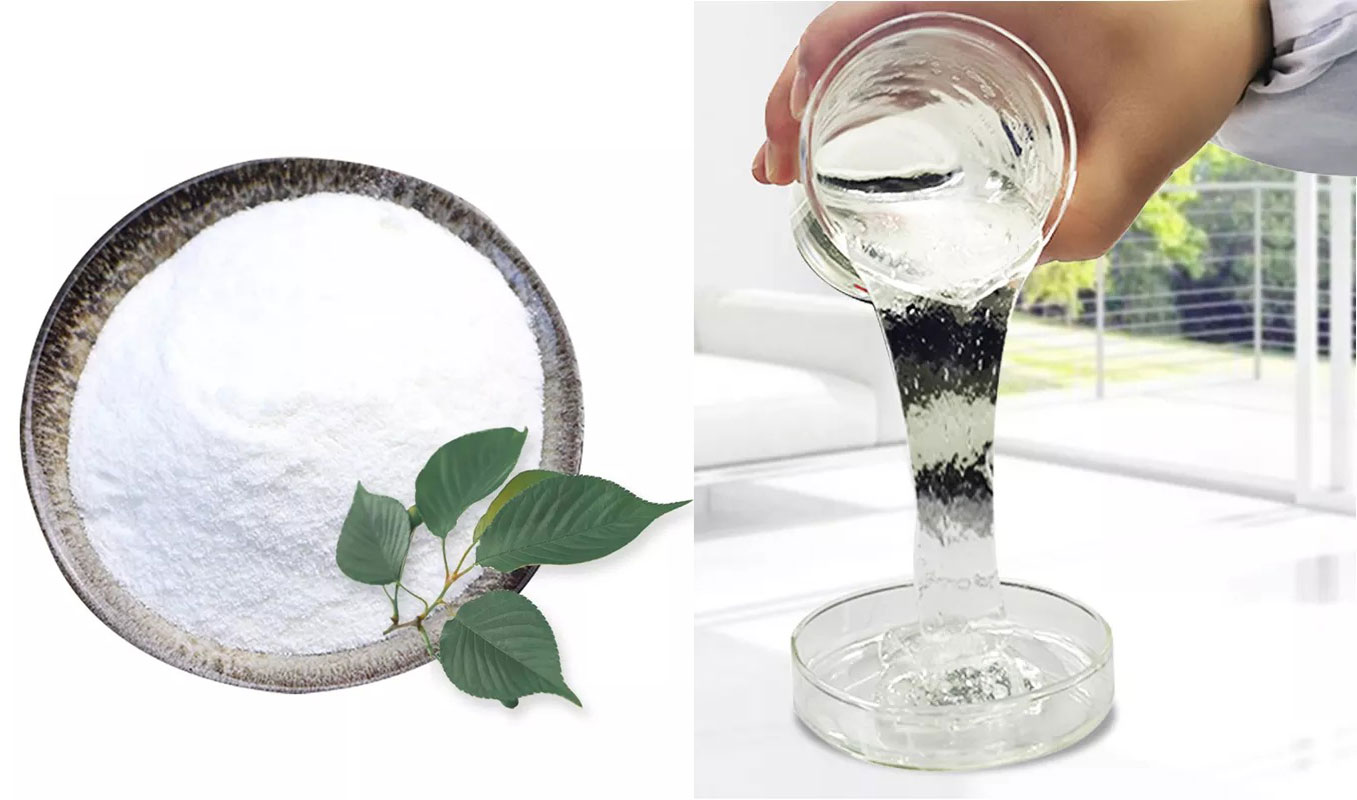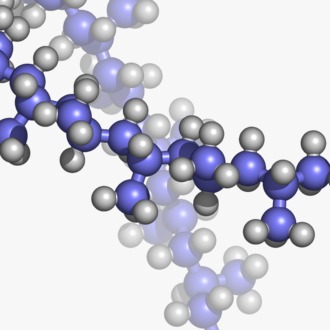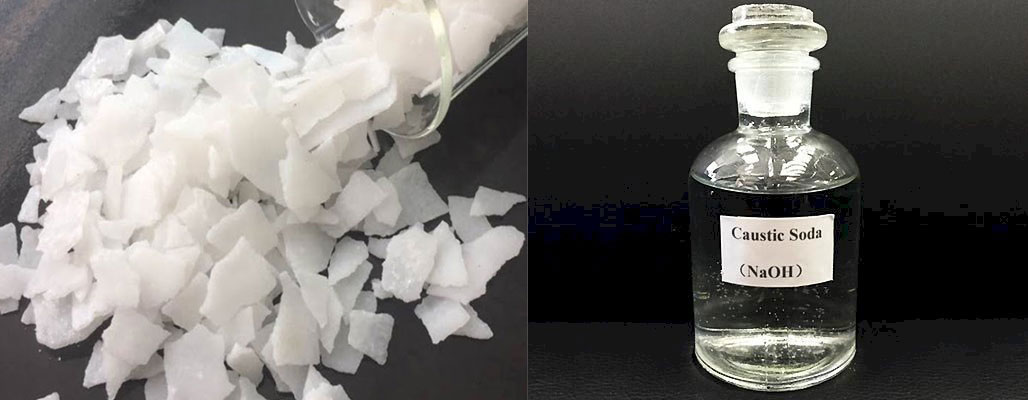Chemicals
sulfonic acid
Sulfonic acid refers to a member of the class of organosulfur compounds with the general formula RS(=O)2–OH where R is an organic alkyl or aryl group and an S(=O) 2–OH group is a sulfonyl hydroxide. Sulfonic acid can be thought of as a sulfuric acid with a hydroxyl group substituted by an organic substitute. The parent compound (a hydrogen atom replaced by an organic substitute) is a hypothetical compound of sulfuric acid. Salts or esters of sulfonic acids are called sulfonates. It is also known by the common name (Zephtha) and is often called sulfonic acid or Zfta for doodosulfonate acid and benzene sulfonate.

texabone
Tekaponin is an anionic surfactant, a surfactant, and a basic substance in the manufacture of detergents, cosmetics and toothpastes. It is highly effective in removing dirt, oils and fats, in addition to its important role in producing a thick foam. And cheaper.

Soda is caustic, peel and liquid
Sodium hydroxide is a strong chemical compound with the chemical formula (NaOH). It is also known as caustic soda (it is known in some Arab countries as Atruna). It is used in many industries. Its solubility in water is very high and aqueous solutions reach large concentrations. Sodium hydroxide is the main source in the manufacture of table salt (sodium chloride).
A white, fluidized solid compound.
It has a soapy feel and a caustic effect on the skin.
It dissolves in water easily and is an alkaline solution.
It reacts with dilute acids to form the sodium salt of the acid and water.
telose
It is made by an alkaline catalytic reaction of cellulose with chloroacetic acid. Polar carboxyl groups make cellulose soluble and chemically effective. The functional properties of CMC depend on the degree of substitution of the cellulose structure (ie, the number of hydroxyl groups substituted in the substitution reaction), the length of the cellulose chain and the degree of assembly of the methylcarboxylate component.
-Uses
CMC is used in foods and has the E number E466, where it is used as a viscosity modifier or thickener, and as a stabilizer for emulsifiers in various products such as ice cream. It is also an ingredient in many non-food products such as toothpastes, laxatives, diet pills, water-based paint, detergents, textile shredders, and the paper industry. It is mainly used because of its high viscosity, non-toxicity and hypoallergenicity. CMC is widely used in gluten-free and low-fat food products.
It is used in detergents as a polymer that helps disperse dirt and prevents it from reapplying to cotton or other cellulosic fabrics by creating a negatively charged barrier that prevents dirt from settling on the fibers. CMC is also used as a lubricant in artificial tears. MC is sometimes used, but the nonpolar methyl groups (-CH3) do not add any solubility or chemical reactivity to the basic cellulose.
This substance is used extensively in oral and topical pharmaceutical forms primarily as a viscosity-raising agent.
It is generally considered a non-toxic and non-irritating substance. But consuming large amounts of it may have a laxative and therapeutic effect.

Plastic
Plastic, or what is known as plastics, is a material that is easy to form into different shapes and consists mainly of chains called polymers. Since the world experienced the Industrial Revolution, societies have continued to witness development from the era of coal to the era of black gold (oil), which contributed to the emergence of many new industries that developed over time. The plastic industry emerged and flourished and today it occupies the forefront of current industries due to its many uses in daily life, because it is involved in the composition of the objects and tools surrounding us.
It is extracted from the following materials:
petroleum.
Natural gas .
Coal.


